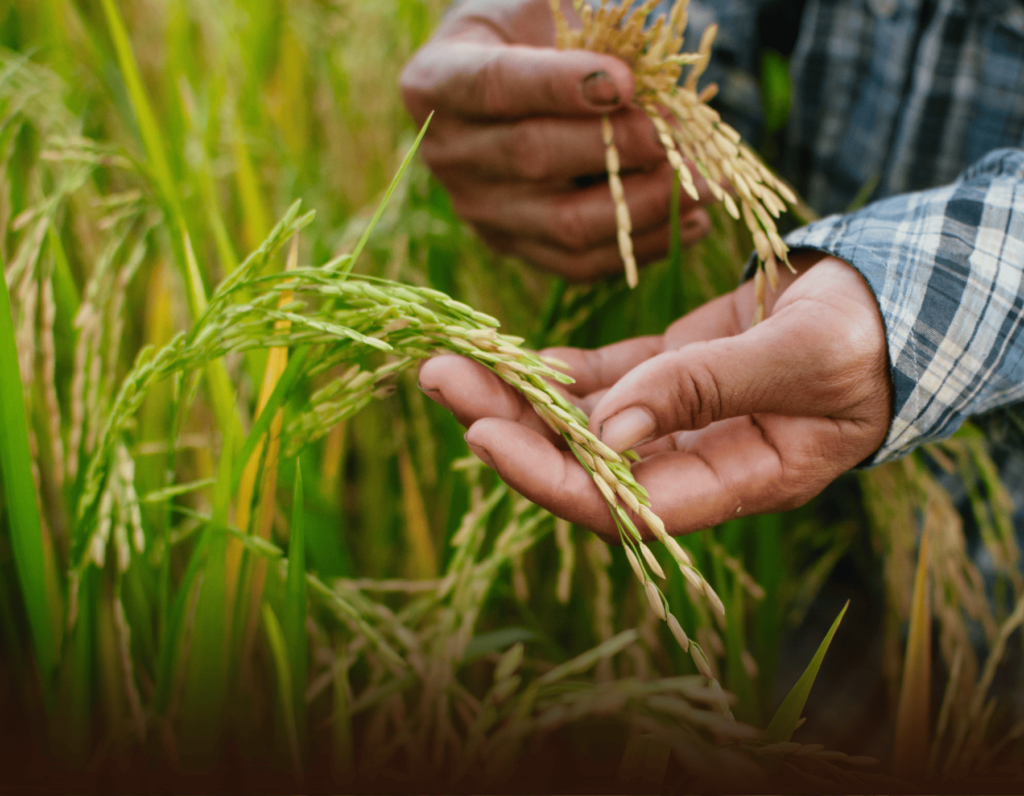Burundi’s agricultural sector is celebrating a major milestone, as rice yields in the country have quadrupled over the past 16 years thanks to sustained technical assistance from China. Since the inception of the China-Burundi agricultural cooperation project in 2009, average rice production has increased from 3 tons to 12 tons per hectare, marking a transformative shift in the nation’s food production capacity.
The announcement was made during a ceremony at the Gihanga Rice Research Center in Bubanza Province, where the 6th phase of the China-Burundi agricultural demonstration project was officially acknowledged. The center, a key site for China’s agricultural engagement in Burundi, serves as both a training hub and a research station for hybrid rice and other staple crops. To date, it has trained 76 Burundian farmers across six cohorts, equipping them with skills in hybrid rice cultivation, maize farming, and livestock breeding.
Chinese Ambassador to Burundi, Zhao Jiangping, attended the ceremony and highlighted the importance of agriculture to both China’s own development story and its cooperation with African nations. She emphasized that China is ready to continue sharing its experiences and agricultural technologies to help Burundi advance its food security and rural development goals.
Leonard Butoyi, Assistant to the Minister of Environment, Agriculture and Livestock of Burundi, praised the collaboration and pointed out that approximately 3,800 hectares of land in the country are now dedicated to hybrid rice. He lauded the significant impact of Chinese expertise, stating that the results are not only visible in yield statistics but also in the improved lives of local farming communities.
The Gihanga center has become a symbol of what long-term, hands-on cooperation between Africa and China can achieve. The increased productivity contributes directly to food self-sufficiency, reduces reliance on imports, and helps raise the standard of living for thousands of rural families.
With the foundation now laid, both countries are looking ahead to further collaboration in expanding hybrid rice production, improving crop diversity, and strengthening local agricultural institutions.





